India's best Liver Specialist for liver surgery (Robotic Liver Transplant Surgery), liver cancer surgeon in Rajkot
Liver is a large organ which is found on the right-hand side of the body under the rib cage. The liver in the body has many important function, and you can live only if you liver is working properly. It is part of the digestive system and is found next to the stomach. The gall bladder sits under the liver, and the pancreas sits under the stomach. Further the two main sections of the liver are the right and left lobes. Blood flows into the liver from the hepatic artery and the portal vein. Blood in the hepatic artery comes from the heart and carries oxygen, while blood in the portal vein comes from the stomach and carries nutrients and substances such as medicines or alcohol to the liver.
Dr. Darshan Patel Gastroenterology will provide a complete care and services on the digestive system and its orders. Any diseases affecting the liver such as Liver cancer and tumours, Metastatic liver tumors, Liver Specialist in Rajkot, Best Liver Doctor in Rajkot, Liver trauma and accident, Liver cirrhosis treatment, Liver abscess, Bile duct cancers (Cholangiocarcinoma), Hydatid cyst of Liver, Simple cyst/ polycystic disease of liver are taken care. We are facilitated with the most advanced equipment and our highly skilled and dedicated team of gastroenterologist and surgical gastroenterologist provides for prevention, diagnosis, evaluation and treatment of huge range of gastrointestinal diseases and give personalized, cost-effective quality care to both outpatients and inpatients.

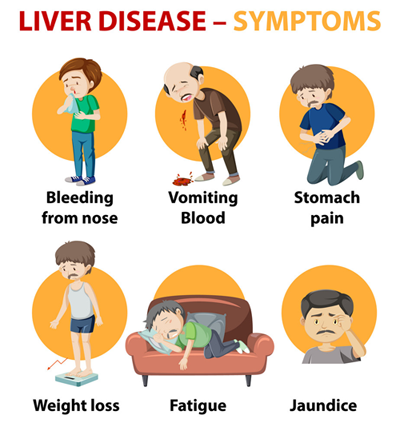
Liver Disease Symptoms and Signs
Signs and symptoms associated with liver disease vary and are dependent upon the exact type of liver disease that is present. Examples of signs and symptoms of liver disease include Jaundice, Abdominal pain and Swelling, Itchy skin, Dark urine color, Nausea, Vomiting, Chronic fatigue, Pale stool color, Bloody stool, Tar-colored stool,
Liver cancer and tumours
Any patients with early-stage liver cancer as more chance of getting cure by removing the tumors by surgery. This type of surgery therapy is known as liver resection. In resection of the liver there is possibility of liver’s natural ability to re-grow. It’s possible to remove up to 80 percent of the liver by Surgeons as it can grow back in a matter of weeks if the remaining liver is healthy.
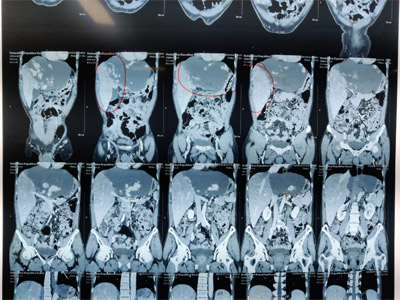
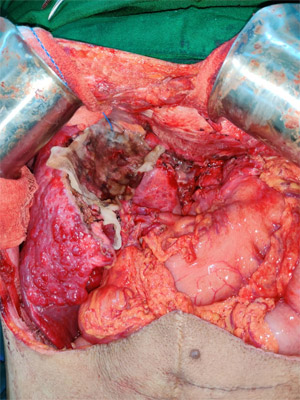
Metastatic liver tumors
Metastatic Liver Tumors are a cancerous tumor that has spread to the liver from a cancer that started in one more place in the body. It is known as a secondary liver cancer. In some situations, metastatic cancer can be cured, but most commonly, treatment does not cure the cancer. Doctors can treat so that the growth of the tumor is slow and reduce the symptom. It is possible to live for many months or years with certain types of cancer, even after the development of metastatic disease.
Liver trauma and accident
When you meet with an accident and your liver is injured and there is severe bleeding with symptoms of shock, including a rapid heart rate, rapid breathing and cold, clammy, pale or bluish skin then liver laceration which are some form of trauma sustained to the liver. Liver injuries constitute 5% of all traumas, making it the most common abdominal injury.
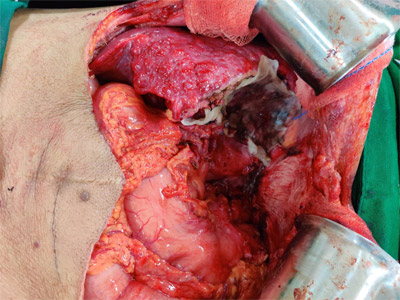
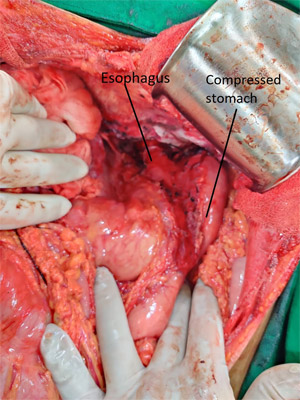
Liver cirrhosis treatment
Liver Cirrhosis is a chronic liver disease that arises due to alcoholism, hepatitis or other conditions. This disease is slowly progressing disease in which the healthy liver tissue is replaced with scar tissue, eventually preventing the liver from functioning properly. Doctors will work to treat any complications of cirrhosis, including excess fluid in the body. A low-sodium diet and medication to prevent fluid buildup in the body may help control ascites and swelling. More-severe fluid buildup may require procedures to drain the fluid or surgery to relieve pressure.
Liver abscess
Liver abscess is the result of the infectious caused due to bacterial infection in the bile-draining tubes. The bacterial infections in the abdomen associated with appendicitis, diverticulitis, or perforated bowel. It is mandatory for the patients with multiple abscesses should go for antibiotics at least for 4-6 weeks. Drainage can be accomplished either surgically or US/CT guided percutaneously.

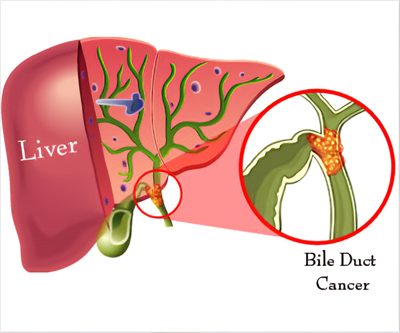
Bile duct cancers (Cholangiocarcinoma)
Bile duct cancer (cholangiocarcinoma) is a rare but destructive type of cancer. This cancer is a rare disease that begins in the bile ducts, which are thin tubes that carry bile, a digestive fluid, between the liver, bile ducts, and small intestine. In the early stage few people can notice the symptoms such as yellowing of the skin and the whites of the eyes (jaundice), itchy skin, light-colored stool, pain or bloating in the belly, nausea and vomiting, loss of appetite or unexplained weight loss, fever, and fatigue. Bile duct cancer can start anywhere along the bile ducts.
Hydatid cyst of Liver
Hydatid disease in people is mainly caused by infection with the larval stage of the dog tapeworm Echinococcus granulosus. Cystic hydatid disease usually affects the liver (50–70%) and less frequently the lung, the spleen, the kidney, the bones, and the brain [1-3]. Liver hydatidosis can cause dissemination or anaphylaxis after a cyst ruptures into the peritoneum or biliary tract. Albendazole is significantly more effective than mebendazole in the treatment of liver cysts.


Simple cyst/ polycystic disease of liver
Simple Cyst/ Polycystic Disease of liver are a collection of disorders that is usually, but not always seen in association with polycystic kidney disease. Polycystic Liver Disease is most common in people who have polycystic kidney disease with its frequency increasing with age and advanced renal disease. Liver cysts are responsible for most hepatic complications, but other liver changes may occasionally be encountered, including congenital hepatic fibrosis and segmental dilation of the biliary tract.
- Liver cancer and tumours
- Metastatic liver tumors
- Liver trauma and accident
- Liver cirrhosis treatment
- Liver abscess
- Bile duct cancers (Cholangiocarcinoma)
- Hydatid cyst of Liver
- Simple cyst/ Polycystic disease of liver
